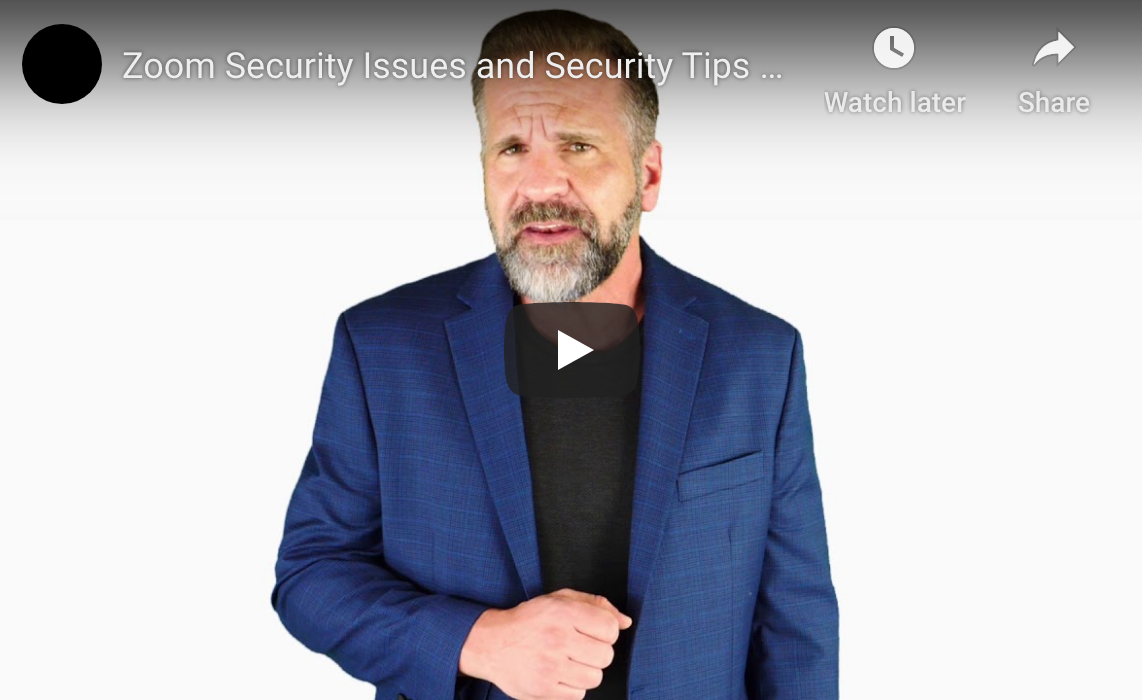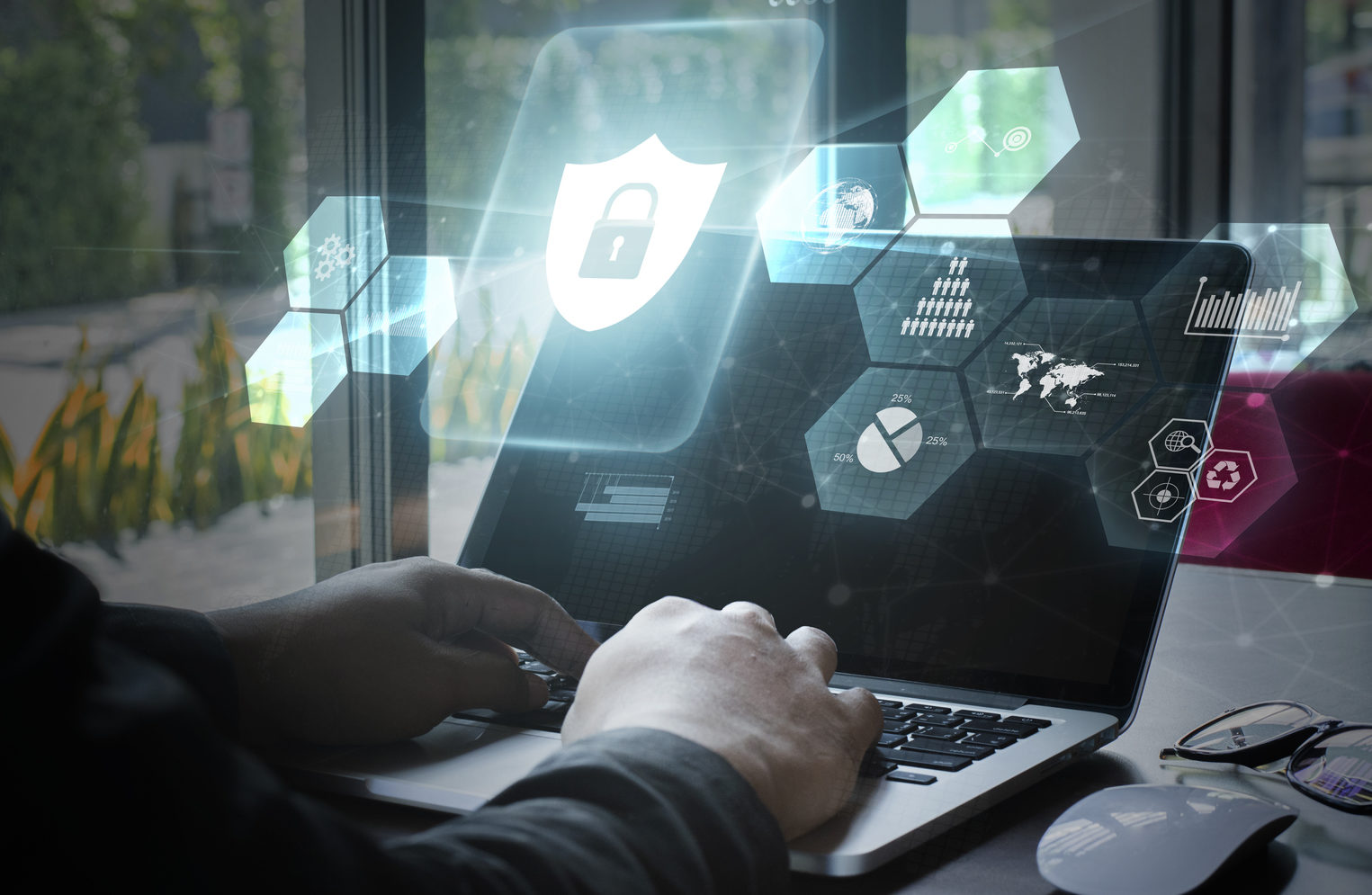The Coronavirus Is Here, Is Your Remote Team Up and Running
Look at CDC tips for minimizing the spread of the coronavirus. Review the importance of having a business continuity plan that takes health issues into account.
As global concerns due to the coronavirus prevent many people from coming into their offices, businesses are scrambling to establish remote working environments. To facilitate a shift out of the office, you need collaboration tools such as Microsoft Teams and a cybersecurity environment that supports remote access to network tools and applications. In the business world, the shift to telecommuting has been happening slowly over the years, but many businesses now need to deploy a plan quickly and efficiently.
Preparing for the Unknown in the Midst of the Coronavirus
As the coronavirus has spread through the United States, businesses and governments have taken unprecedented actions. Most states have closed schools, stopped the operation of nonessential companies, and advised their citizens to stay at home. Business travel has screeched mainly to a halt, and parents are trying to figure out how to juggle working from home with taking care of their children, while also worrying about a global pandemic.
As of April 7, 2020, there have been over 14,000 deaths and nearly 300,000 confirmed cases in the United States alone, and analysts expect the situation to get worse before it gets better.
Are you ready? Do you have strategies to deal with the inevitable rise of sick days and the extremely high possibility of extended quarantine? Have you invested in technology that can support a remote workforce so you don’t have to sacrifice productivity to safeguard your team’s health? If not, your business needs a continuity plan and the technology to implement that plan quickly.
Health Tips for Businesses
If you run an essential business that still has workers coming into the office, implement these tips from the Centers for Disease Control (CDC) to protect your team.
- Require sick employees to stay out of the office.
- Have employees wear masks to stop the spread of the illness — if an asymptotic person carries the virus, masks can reduce the risk of them spreading it to others.
- Carefully consider scenarios that may occur as the disease spreads including employees not being able to come to work.
- Create a plan for dealing with the coronavirus or other infectious diseases that outlines remote working policies.
- Find a way to send as many workers home now as possible.
- Stay abreast of public health policies related to minimizing exposure in workers.
Encouraging Social Distancing
Take some time to facilitate social distancing in your own business. Consider changing the physical culture of your office. For instance, send out emails encouraging people to replace handshakes with polite bows, and remind workers of the importance of essential practices to reduce the spread of diseases, such as not sharing utensils or drinking vessels. If you have a retail business, hang signs reminding customers to respect social distancing guidelines, and advise them to grab essentials and leave.
Perhaps even more importantly, look into tools that foster remote working without minimizing productivity. If you’re already using Office 365, you have built-in access to tools such as Yammer and Microsoft Teams that can help as your workers stay home instead of coming into the office.
Facilitating the Shift to Remote Working
With Yammer, anyone who has an email address based on your internet domain can access an enterprise social networking service that streamlines communication in ways that you can’t with traditional email or text services. You can collaborate on projects, build on each other’s knowledge, and stay on top of the essential communication from your team. This app offers a discovery feed that highlights the most critical updates, and it features an inbox that lets you prioritize and manage messages based on your priorities.
With the cloud-based tools of Microsoft Teams, your workers can share documents easily, edit documents or spreadsheets together, chat with other collaborators while simultaneously accessing the same file, and even video chat as necessary. You can also hold virtual meetings that bring the whole team together, and you can perform all of these functions without sacrificing the security of your data or files.
To support a remote team, create a disaster continuity plan, and set up tools for remote collaboration, you need the right help. A managed IT services provider can guide you toward the best solutions and help you maintain and troubleshoot those applications so that you never have to lose a minute of productivity even if no one is in the office.










